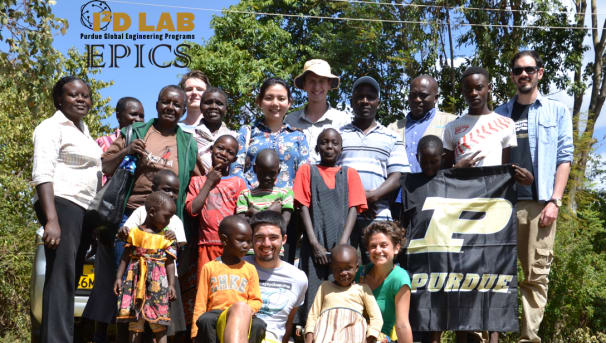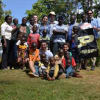This project is now in update mode. Check back regularly to see how things are progressing.
Kenya Clean Kitchens
About Us
The Global Air Quality Trekkers (GAQT) team is a part of Purdue’s Engineering Projects in Community Service (EPICS) program and Innovation for International Development (I2D) Lab. GAQT is an interdisciplinary team of undergraduate engineering, science, and environmental health students partnering with women’s groups in the Nandi community of western Kenya, AMPATH Kenya, and Moi University to mitigate indoor air pollution in kitchens.
Our Project
Chronic Obstructive Pulmonary Disease (COPD), heart disease, stroke, and lung cancer associated with exposure to elevated concentrations of indoor air pollutants produced by biomass stoves in poorly ventilated kitchens has led to nearly 4 million premature deaths each year (WHO, 2016). Women and children bare the great majority of the disease burden since they spend much of their time in the kitchens. This problem is observed in many developing areas of the world, including Nandi County in western Kenya. A group of women from Nandi saw the serious health effects this issue has imposed on their community and designed and built modified kitchens with improved ventilation via a chimney and additional roof-top and façade airflow pathways. During our January 2017 research visit to Nandi, we found a 60-80% reduction in particulate matter (fine and ultrafine particles) and carbon monoxide between the newly modified and traditional Nandi kitchens.
We are working with Nandi women’s group to further improve kitchen ventilation through passive natural ventilation design and modeling. We will be building two demo kitchens this summer in Nandi to test our design improvements on the ground. Nandi women’s groups will visit the demo kitchens and see the ventilation modifications in-person and learn how they can implement these changes in their own kitchens. We will also use these visits to receive feedback from Nandi women on further design modifications that could be implemented.
Why Contribute
We are aiming to raise $10,000 to help fund travel and research supplies for five undergraduate students to Kenya this summer. The donations will go towards airfare to and from Kenya, lodging in western Kenya, research supplies to make kitchen indoor air pollution and ventilation measurements, and additional funds to build the Nandi demo kitchens.
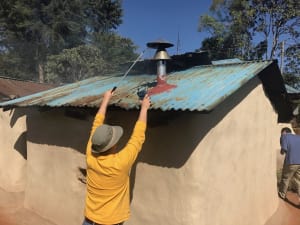
Figure 1: Measuring flow rate through a chimney from one of the newly modified Nandi kitchens.

Figure 2: Interior layout of one of the modified Nandi kitchens, illustrating the chimney mounted to the stove, adjacent window for wind-driven cross-ventilation, and an incubation chamber for chicks beneath the stove.
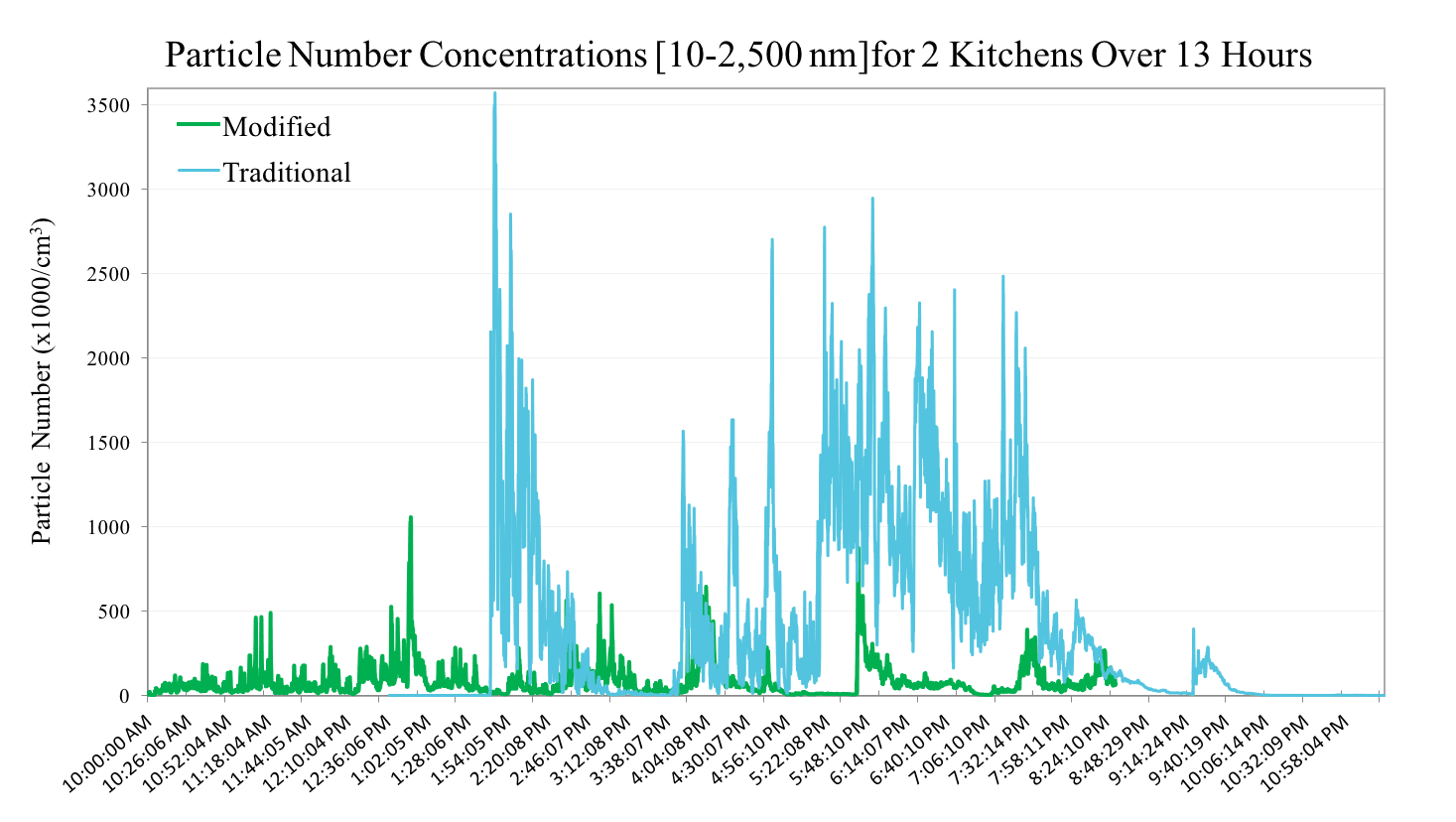
Figure 3: Comparison of particulate matter concentrations between one of the newly modified Nandi kitchens with improved ventilation (green) and a traditional Nandi kitchen (blue) from our January 2017 field campaign.
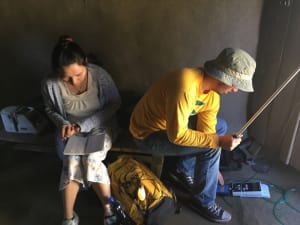
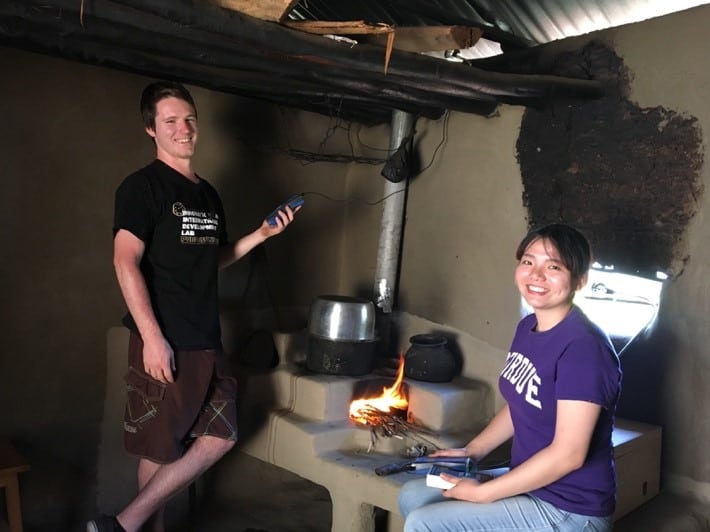
Figure 4: Purdue GAQT students making airflow and façade differential pressure measurements in one of the Nandi kitchens during our January 2017 field campaign.

Figure 5: Measuring wood moisture content.
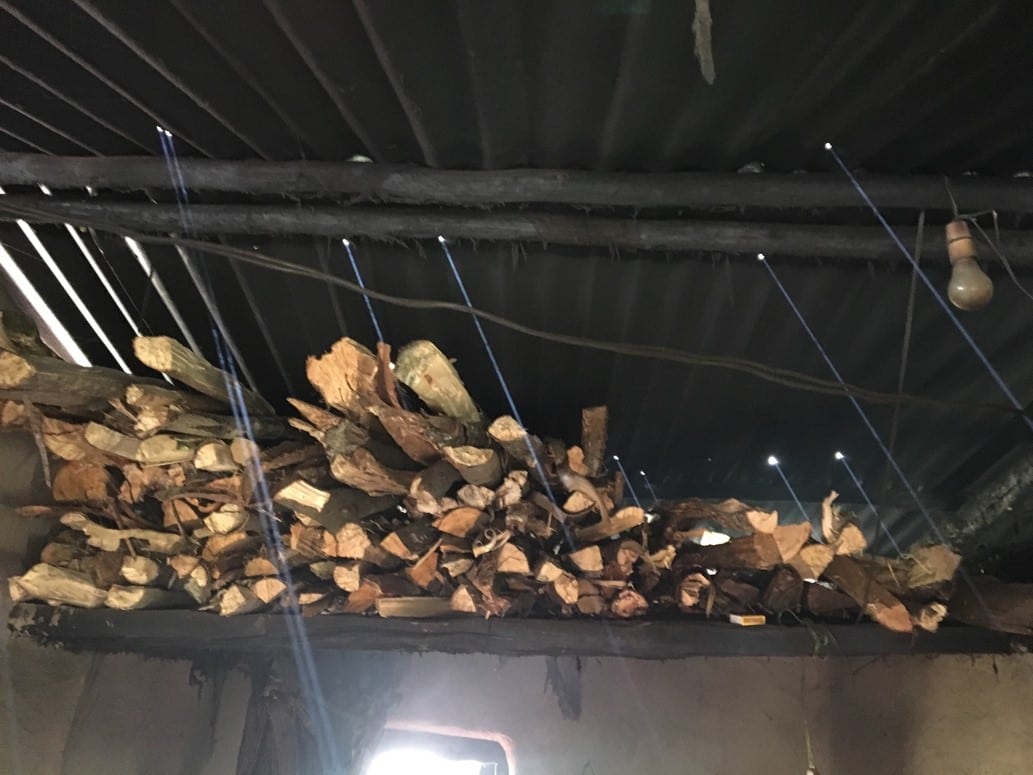
Figure 6: Visualization of smoke in a traditional Nandi kitchen.

Figure 7: Measuring wood smoke in a traditional Nandi kitchen.
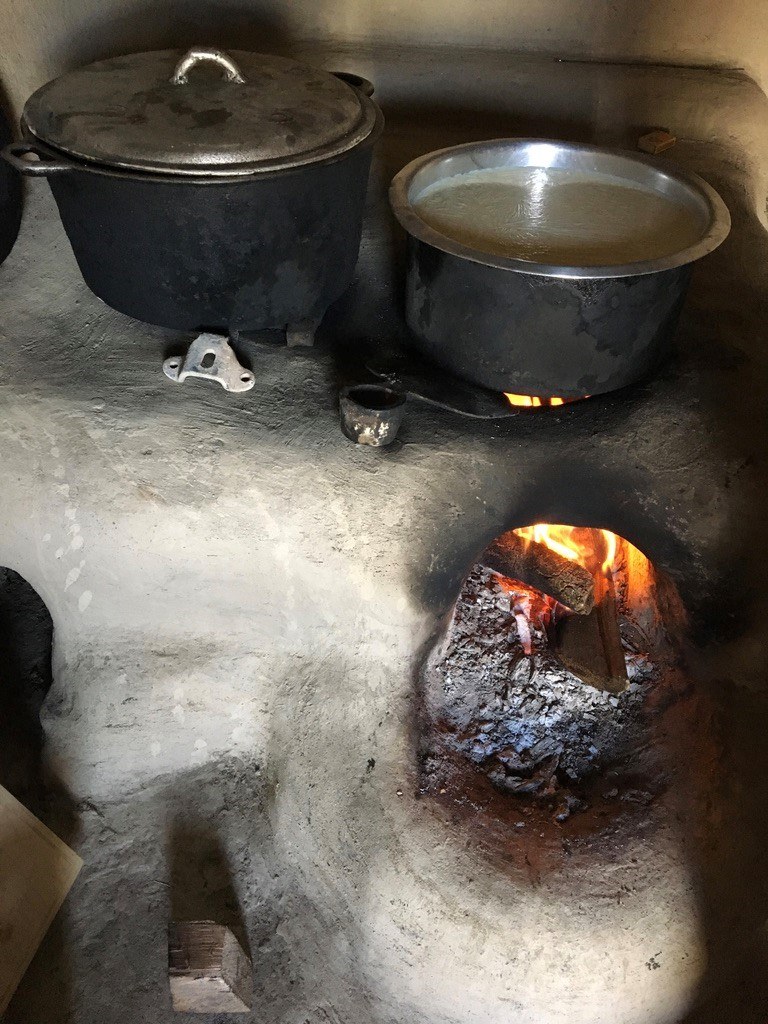
Figure 8: Preparing tea on a traditional Nandi cookstove.

